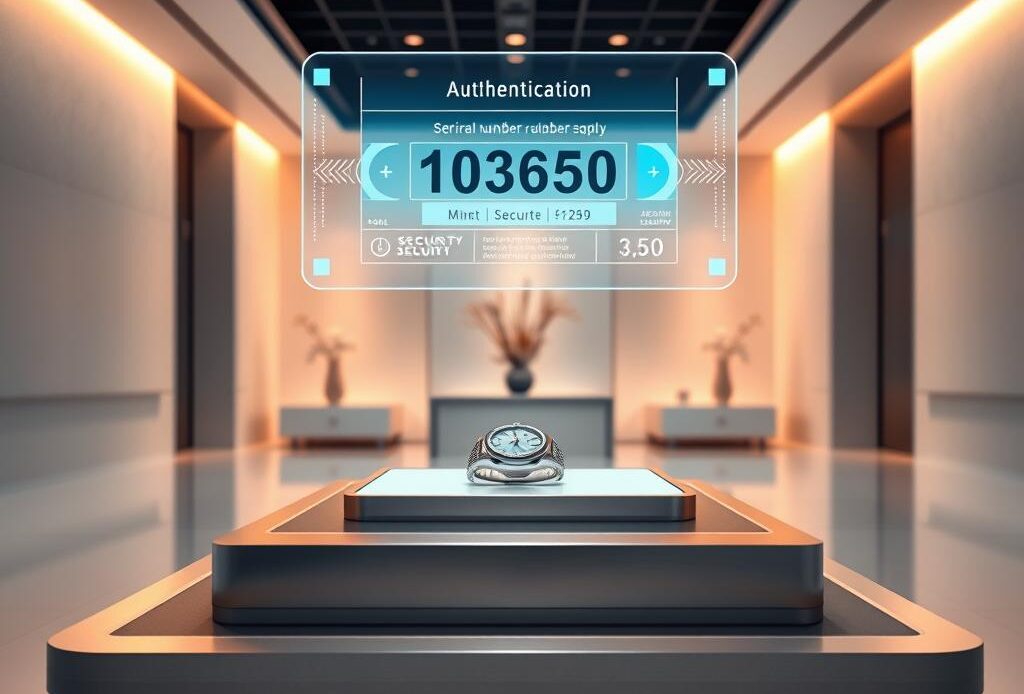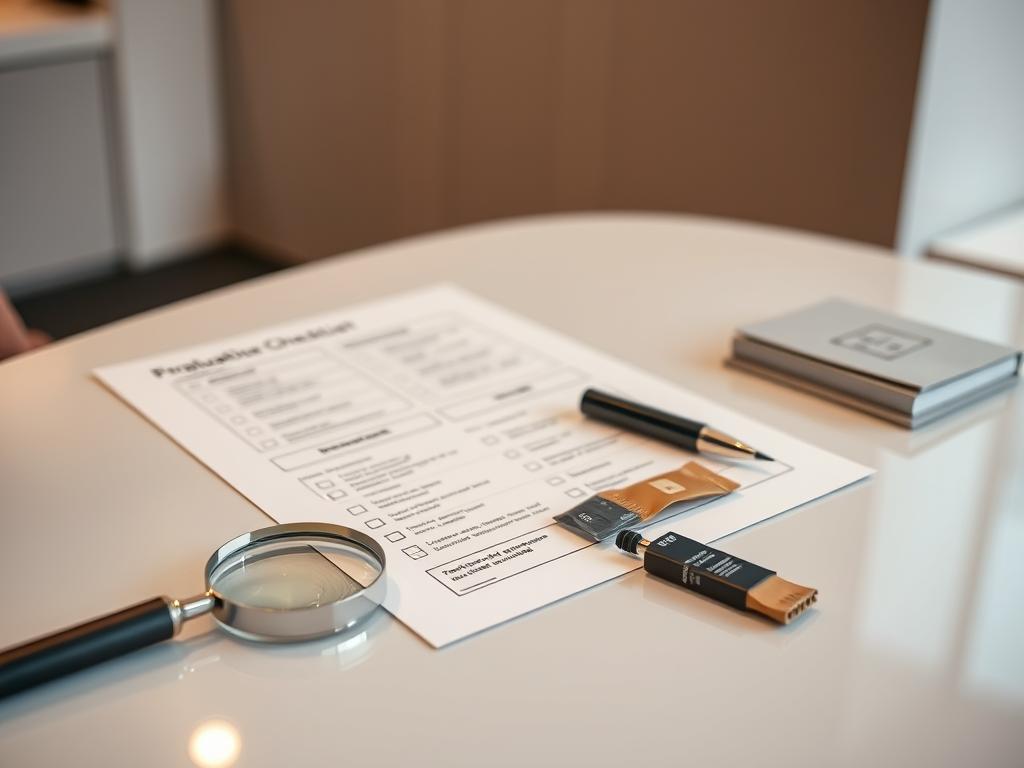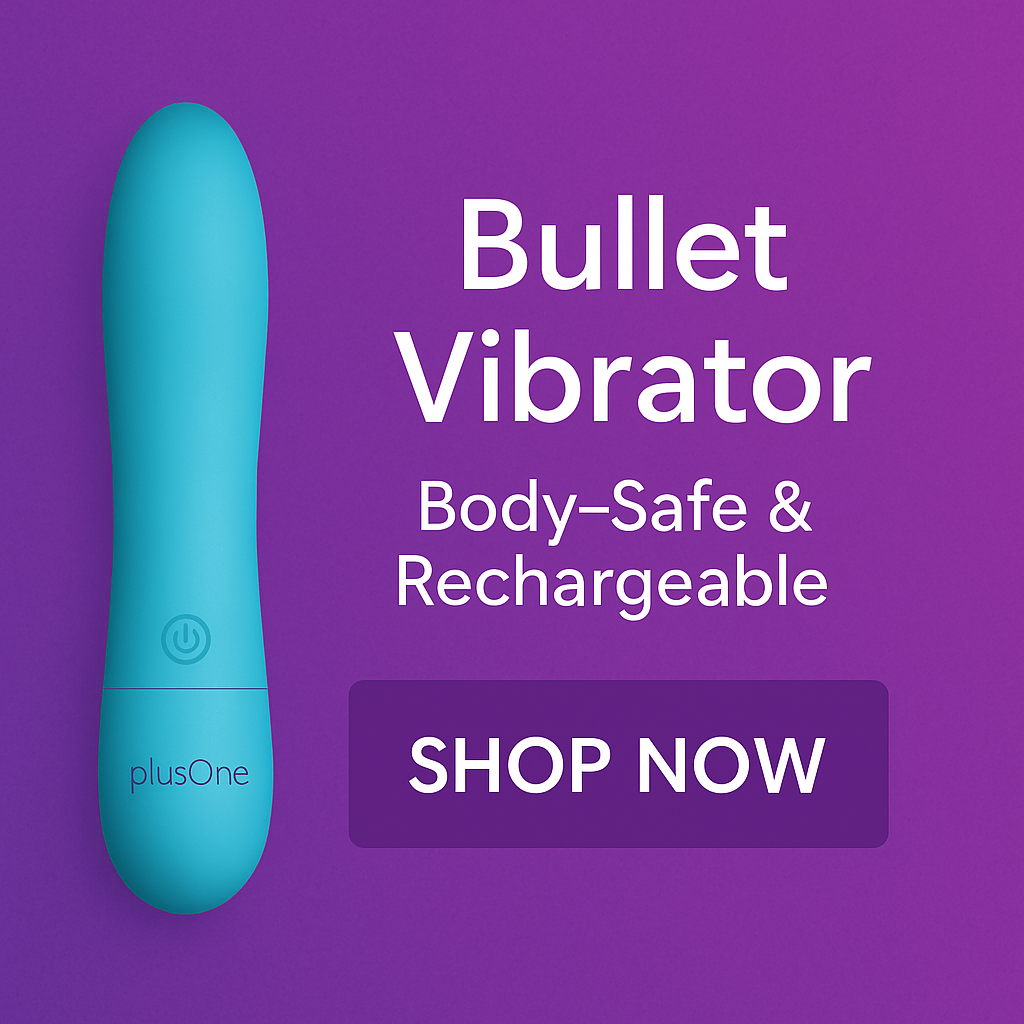
Navigating the world of premium pleasure products can feel overwhelming. Just like designer handbags or electronics, high-quality intimate items face issues with counterfeit versions. This guide helps shoppers recognize genuine craftsmanship while avoiding imitations.
Many don’t realize how common replica items are in this niche market. Dishonest sellers often mimic packaging, logos, and even safety certifications. Learning to compare materials, finishes, and seller backgrounds makes all the difference.
This article breaks down three main areas:
- How official packaging differs from knockoffs
- Signs of medical-grade silicone versus cheap alternatives
- Red flags in retailer websites or marketplace listings
Building knowledge about brand-specific details helps buyers feel confident. Reputable companies use distinct serial numbers, warranty programs, and tamper-proof seals. Always cross-check official brand sites for updated anti-counterfeit features.
Key Takeaways
- The luxury intimacy market mirrors counterfeit challenges in other industries
- Material quality and packaging details reveal authenticity
- Research seller history and customer reviews thoroughly
- Brand-specific markers like serial numbers aid verification
- Practical comparisons prevent costly mistakes
Introduction to Counterfeit Luxury Sex Toys
Consumers seeking premium items often encounter deceptive replicas designed to mimic high-end products. These unauthorized copies replicate everything from packaging shapes to logo placements, creating confusion for buyers. Like counterfeit DC action figures or designer handbags, imitation adult products raise serious safety concerns due to unregulated materials.
Understanding the Impact of Counterfeit Products
Substandard replicas frequently use porous plastics or toxic dyes instead of medical-grade silicone. A 2022 study found 68% of imitation collectible toys contained hazardous chemicals – a red flag for intimate items. Poor craftsmanship also leads to sharp edges or faulty electronics, increasing injury risks during use.
Trust erosion affects both shoppers and brands. When fakes flood markets, customers question product reliability. Legitimate companies then spend resources fighting counterfeits instead of improving genuine offerings.
Why Authenticity Matters for Consumers
Authentic products undergo rigorous safety testing and use body-safe materials. Reputable sellers provide:
- Detailed material specifications
- Manufacturer warranty information
- Verifiable customer service channels
Price differences often signal trouble. While authentic items reflect research and quality control, suspiciously low costs typically mean compromised standards. Always cross-check seller credentials through official brand portals before purchasing.
Step-by-Step Guide to Spotting Fake Luxury Toys
Authentic items stand out through careful design and transparent seller practices. Buyers should approach listings with a critical eye, focusing on details that separate genuine goods from imitations. Here’s how to analyze product pages effectively.
Identifying Red Flags in Product Listings
Start by examining images and descriptions. Blurry photos or inconsistent lighting often hide flaws. Authentic items showcase crisp visuals with multiple angles. Look for mismatched branding, like logos that appear faded or off-center.
Check material claims. Phrases like “similar to silicone” or vague terms like “body-safe” without certifications suggest low-quality alternatives. Reputable brands specify medical-grade materials and include safety testing documentation.
Tools and Techniques for Verification
Cross-reference seller profiles with official brand partnerships. Third-party marketplace sellers should have:
- Consistent positive reviews over 12+ months
- Detailed return policies
- Direct links to manufacturer authorization
Use this comparison table to spot inconsistencies:
| Feature | Authentic Listing | Counterfeit Listing |
|---|---|---|
| Product Images | High-resolution, multi-angle | Grainy or single view |
| Seller Profile | Verified badges, long history | New account, limited feedback |
| Material Details | Certified silicone, safety tests | Generic terms, no proof |
| Price | Matches market averages | 20-50% below standard |
Always compare specifications against the brand’s official website. Discrepancies in weight, dimensions, or included accessories indicate potential issues. When in doubt, contact the manufacturer directly with the seller’s information.
Evaluating Material Quality and Design Details
Discerning shoppers know true quality lies beneath the surface. Premium products reveal their authenticity through precise craftsmanship and material excellence. Like art collectors verifying sculptures, buyers must examine both tactile and visual elements.

Inspecting Material and Build Quality
Medical-grade silicone feels velvety and retains slight warmth. Substitutes like PVC or TPE often feel sticky or emit chemical odors. High-end brands use seamless molds, while cheaper versions show uneven seams or air bubbles.
Key material indicators include:
- Non-porous surfaces that resist staining
- Certifications like ISO 10993 for biocompatibility
- Weight matching manufacturer specifications
Assessing Design Consistency and Safety
Authentic products mirror brand design blueprints flawlessly. Compare packaging details like font sharpness and logo placement against official images. Genuine items maintain uniform textures – a $400 product won’t have patchy finishes.
Use this checklist during evaluations:
- Precision-etched logos without blurred edges
- Consistent color saturation across all components
- Secure battery compartments or charging ports
Reputable companies often share 360-degree product views online. Magnify images to check for alignment with advertised features. Remember: authenticators for collectible figures use similar methods to spot replicas – apply that scrutiny here.
Assessing Price, Value, and Market Trends
Smart shoppers know that price tells a story – especially when investing in premium items. Markets for high-end goods follow predictable patterns, whether you’re buying designer watches or limited-edition DC Comics statues. Unusually low costs often reveal more about quality than any product description could.
Recognizing Unrealistically Low Prices
A $500 item selling for $150 isn’t a bargain – it’s a warning. Luxury brands maintain strict pricing to reflect material costs and craftsmanship. For example, authentic Gucci handbags rarely dip below 70% of retail value, even during sales. Similarly, genuine DC collectibles hold their worth due to licensing fees and production standards.
Three signs of suspicious pricing:
- Claims of “wholesale” rates without verified supplier credentials
- Prices 40%+ below authorized retailers
- Limited-time offers pressuring quick purchases
Comparing Market Standards for Authentic Products
Established brands set clear value benchmarks. Compare listings across official sites, trusted resellers, and collector forums. This table shows typical price ranges for genuine vs. questionable items:
| Product Type | Authentic Range | Counterfeit Range |
|---|---|---|
| Designer Pleasure Items | $220-$600 | $80-$150 |
| Limited Collectibles | $300-$1,200 | $50-$200 |
| Medical-Grade Accessories | $180-$400 | $60-$120 |
Always research secondary markets before making a purchase. Check sold listings on auction sites to understand fair resale values. Reputable sellers provide transparent cost breakdowns – if numbers don’t add up, walk away. Remember: true quality retains value, while fakes lose it quickly.
Researching Seller Reputation and Authentic Sources
Trustworthy sellers separate genuine products from risky imitations. A seller’s track record often reveals more about product authenticity than any product description. Savvy buyers treat vendor backgrounds with the same scrutiny as item specifications.
Reviewing Seller Histories and Feedback
Start by examining feedback scores across multiple platforms. Established sellers typically have years of activity and consistent positive reviews. Watch for patterns like repeated complaints about unresponsive support or undisclosed defects.
Counterfeiters often operate under generic store names like “BestDeals2023” or reuse recycled accounts. Check how long sellers have used their current profile – new vendors selling high-end items deserve extra verification. Collector forums frequently share lists of blacklisted vendors, offering valuable crowd-sourced insights.
Verifying Business Credentials and Authenticity
Legitimate businesses provide verifiable contact details and physical addresses. Search the seller’s name alongside terms like “scam” or “complaints” to uncover hidden issues. Official partnerships with brands often appear on manufacturer websites – cross-reference this information.
Use these tools for deeper research:
- Better Business Bureau profiles
- Domain registration history checks
- Social media activity analysis
Always confirm business licenses through state government databases. Authentic sellers welcome transparency, while counterfeiters avoid traceable paper trails. When in doubt, contact the brand directly to confirm authorized retailers.
Verifying Packaging, Branding, and Product Details
Genuine high-end products tell their story through meticulous packaging and precise branding. Authentic items pair premium materials with consistent design language, creating a cohesive unboxing experience. Let’s explore how to decode these visual clues like a pro.
Checking Official Logos and Certification Marks
Start by examining logos under bright light. Authentic brands use crisp, evenly spaced lettering without color bleeding. Holographic stickers or embossed seals often appear near barcodes – tilt the box to see shifting patterns.
Certification marks matter. Look for FDA-compliance labels or ISO certifications printed clearly, not smudged or pixelated. Compare these against official brand websites – counterfeiters often reuse outdated versions.
Analyzing Packaging Quality and Details
Premium packaging feels substantial. Run fingers along edges – genuine boxes have smooth, reinforced seams. Cheap versions use flimsy cardboard that warps easily.
Edition details reveal authenticity. Limited-run items include numbered certificates or exclusive inserts. Check for:
- Matte or glossy finishes matching brand standards
- Precision-cut foam inserts holding products securely
- QR codes linking to verification portals
Remember: luxury brands invest in presentation. If the unboxing feels underwhelming, the item might be too.
Utilizing Digital Resources and Online Research
Today’s shoppers have powerful tools to confirm product legitimacy before buying. Digital verification methods help buyers avoid counterfeiters while identifying genuine features. A few strategic clicks often reveal more than any product description.
Leveraging Social Media and Official Websites
Start with brand-owned platforms. Official websites showcase high-resolution images and detailed specs. Compare these with seller listings – mismatched features often expose replicas.
Reverse image searches uncover reused stock photos. Upload product images to Google Lens or TinEye. If identical pictures appear across unrelated sites, proceed cautiously.
| Trusted Source | Questionable Source |
|---|---|
| Verified social media accounts | Generic influencer posts |
| Brand blog tutorials | Copied content sites |
| Forum discussions with photo proof | Anonymous reviews |
Customer reviews offer hidden clues. Look for mentions of:
- Packaging discrepancies
- Material quality issues
- Missing authentication cards
Bookmark brand announcement pages. Counterfeiters often lag behind design updates. If a seller’s “new” item matches retired features, it’s likely outdated stock or a replica.
Expert Insights and Comparative Analysis
Industry veterans and seasoned collectors share valuable perspectives for identifying genuine craftsmanship. Their observations bridge gaps between premium adult products and established luxury markets, offering fresh verification strategies.
Learning from Industry Experts
Material scientists emphasize subtle production elements that counterfeiters struggle to replicate. “Authentic medical-grade silicone has distinct thermal properties,” notes Dr. Elena Torres, a biomaterials researcher. “It warms evenly to body temperature, while cheap substitutes stay clammy.”
Collectors highlight three markers of premium collections:
- Micro-engraved serial numbers matching certification cards
- Consistent density across all product components
- Precision-machined charging ports with brand-specific patterns
Comparing with Similar Luxury Markets
High-end watch authentication methods apply here too. Like Rolex’s laser-etched coronets, premium pleasure products use proprietary elements requiring magnification to verify. A recent study on counterfeit trends shows 73% of luxury replicas fail to copy these micro-details accurately.
Market analyst Jordan Reeves observes: “The collector community’s authentication practices for limited-edition sneakers directly translate to this niche. Both markets rely on:
- Community-vetted verification checklists
- Cross-referenced production batch codes
- Material composition databases”
These parallel approaches help buyers navigate complex markets with confidence. Expert insights transform subjective assessments into actionable verification steps.
Practical Pre-Purchase Evaluation Steps
Smart buyers protect their investments through careful evaluation before committing. Physical inspection remains crucial for confirming quality, even with online purchases. Follow these actionable methods to ensure every detail aligns with premium standards.

Hands-On Inspection Tips for Buyers
Start by examining color consistency under natural light. Authentic products maintain uniform hues without blotchy patches. Run fingers across surfaces – genuine medical-grade material feels smooth, not sticky or rigid.
Compare weight against manufacturer specs. Counterfeits often feel lighter due to cheaper components. Press gently on seams – uneven gaps or rough edges signal poor craftsmanship.
Final Checklist Before Making a Purchase
Use this table to verify critical features during evaluations:
| Checkpoint | Authentic Product | Counterfeit Alert |
|---|---|---|
| Color | Even saturation | Mismatched tones |
| Material | Velvety texture | Plastic-like feel |
| Logos | Crisp engraving | Blurred edges |
| Packaging | Reinforced corners | Flimsy cardboard |
| Certifications | Embossed seals | Missing labels |
Three quick tips for last-minute checks:
- Sniff-test for chemical odors
- Verify charging port alignment
- Match serial numbers to brand databases
Thorough evaluations transform uncertainty into confidence. By methodically verifying each detail, buyers dramatically reduce risks before finalizing their purchase.
Conclusion
Building a trustworthy collection of premium items requires sharp attention to details and market knowledge. Genuine products reveal their quality through precise logos, consistent coloring, and certified materials. Even slight variations in texture or packaging alignment can expose counterfeits.
Always verify seller backgrounds and compare product specs with official brand resources. Reputable retailers provide clear information about manufacturing processes and safety certifications. Online reviews and collector forums offer real-world insights into common replica flaws.
Savvy buyers prioritize three core checks:
- Material composition matching medical-grade standards
- Properly aligned security seals on packaging
- Verifiable serial numbers through brand portals
Trusting instincts matters. If a deal seems too good or documentation feels incomplete, pause and investigate. With these strategies, shoppers can confidently build collections that deliver lasting satisfaction and safety.
FAQ
Why are counterfeit luxury items a growing concern?
Counterfeit products often use unsafe materials, lack quality control, and may pose health risks. They also undermine trust in genuine brands and harm businesses that prioritize safety and innovation.
How can buyers recognize suspiciously low prices?
Authentic high-end products have strict pricing standards. If a deal seems too good to be true, compare it with official retailers. Unrealistic discounts often signal poor-quality replicas or scams.
What details should buyers check on packaging?
Look for crisp logos, accurate typography, and certification marks. Authentic brands invest in sturdy boxes, holographic seals, and precise color matching. Misspellings or flimsy materials are red flags.
How does seller reputation affect authenticity?
Reputable sellers provide verifiable business licenses, clear return policies, and customer reviews. Platforms like Amazon’s Luxury Stores or brand-authorized partners are safer than unknown third-party vendors.
What tools help verify product legitimacy?
Use brand apps for QR code scans, check serial numbers on official websites, or consult forums like Reddit’s r/SexToys. High-resolution images and unboxing videos can also reveal inconsistencies.
Why is material safety critical for these products?
Premium items use body-safe silicone or medical-grade polymers. Counterfeits may contain porous plastics or toxic dyes, increasing irritation or infection risks. Always verify material descriptions.
How do design flaws expose replicas?
Authentic designs have seamless finishes, precise weight, and ergonomic shapes. Replicas often have uneven seams, lightweight builds, or mismatched colors compared to brand photos.
Can social media help identify trusted sellers?
Yes! Brands like Lelo or We-Vibe showcase authorized partners on their Instagram or Facebook pages. Engaging with community groups can also highlight reliable sources and common scams.
What should a pre-purchase checklist include?
Confirm seller credentials, compare product specs to the brand’s site, inspect packaging images, and read return policies. For high-value items, request authenticity certificates or batch codes.
How do experts differentiate real from fake items?
Industry professionals analyze mold lines, material density, and electronic components. For example, authentic luxury vibrators have silent motors and consistent battery life, while fakes often malfunction quickly.

